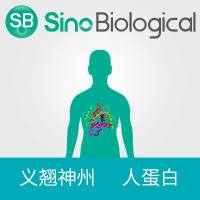The extracellular accumulation of insoluble fibrillar peptides in brain parenchyma and vessel walls as amyloid is the hallmark of neurodegenerative diseases, such as Alzheimer’s disease and Prion diseases. Regardless their amino acid sequences, all amyloid peptides adopt an insoluble, highly ordered beta sheet structure when aggregated. Amyloid is homogeneous and eosinophilic and, common to most cross-beta-type structures; it is generally identified by apple-green birefringence when stained with Congo red and seen under polarized light. Amyloid can also be identified by an apple green color when stained with thioflavine-S and seen under a fluorescence microscope. By electron microscopy, the typical fibrillar ultrastructure of amyloid deposits is revealed. The biochemical nature of the amyloid subunits present in the deposits can be recognized by immunohistochemistry using specific antibodies or by amino acid sequencing analysis, western blot, and mass spectrometry after isolation of parenchymal or vascular amyloid proteins.






